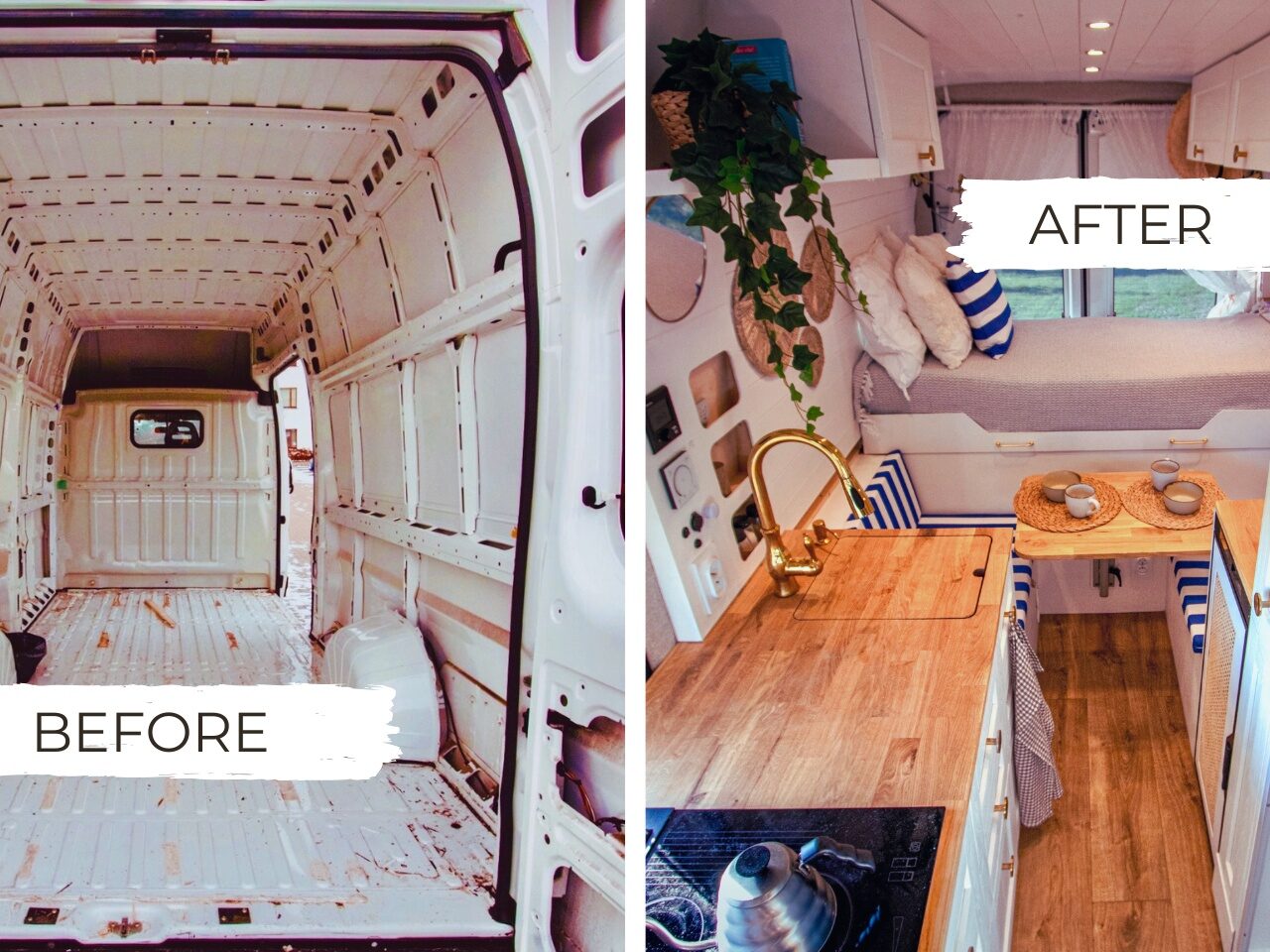Thinking about starting your own camper van build and embracing the van life? Awesome choice! This guide builds on my previous tips with fresh insights to help make your vision a reality.
Let’s jump into the practical advice you’ll need before transforming that ordinary van into your perfect home-on-wheels. We’ll cover everything from smart budgeting to safety essentials and charging solutions.
Ready to begin your mobile home adventure? Here we go!
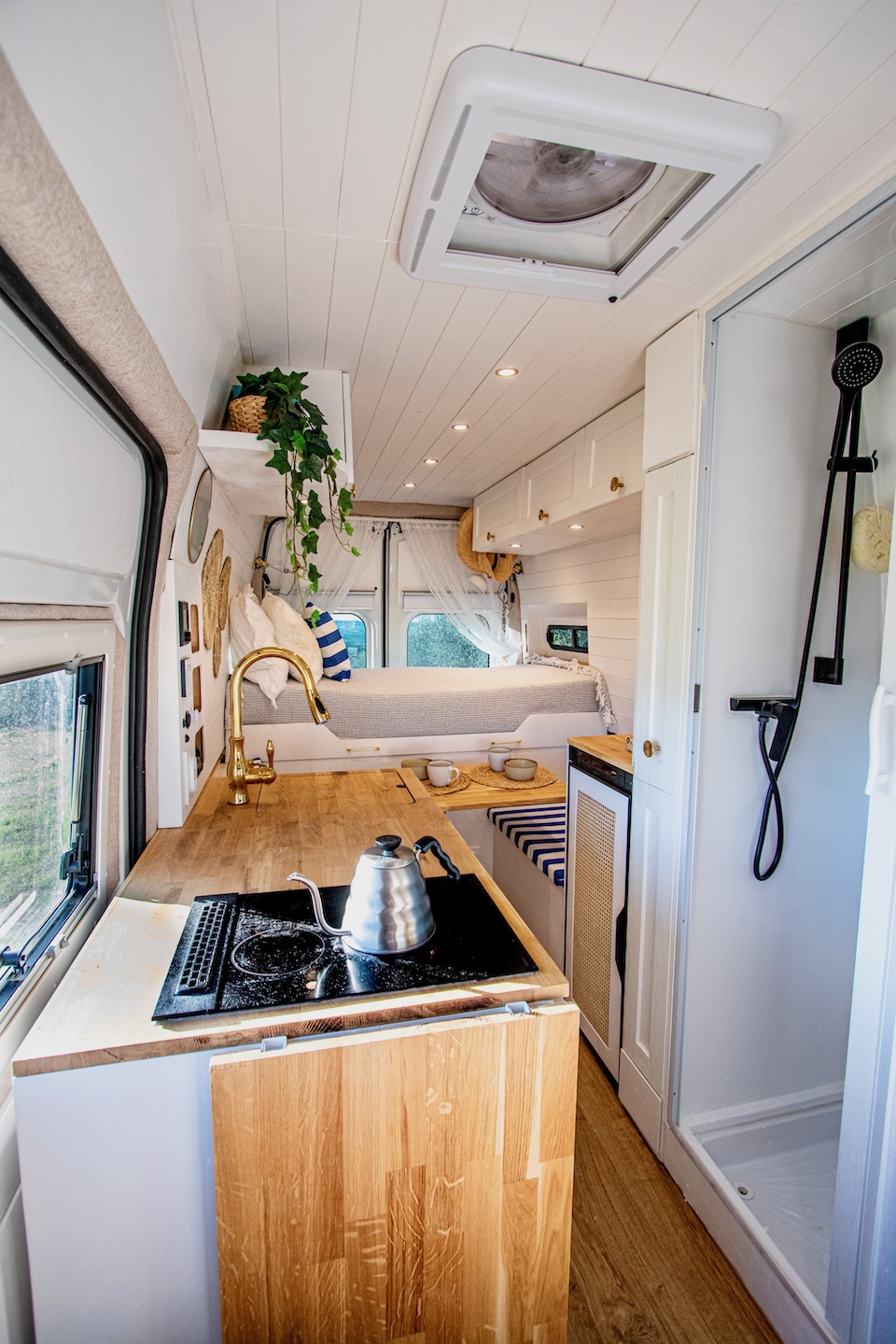
1. Master Your Budget Before Starting Your Camper Van Build
Start your camper journey right by figuring out what you can spend before grabbing your tools.
First, list those 10 big-ticket items and look at budget and premium versions online. Total up both the lowest and highest prices you find – knowing that final costs usually lean toward the higher end. Try this simple formula:
What You’ll Likely Spend = Lowest Price + 80% of (Highest Price – Lowest Price)
For instance, if budget versions total $50,000 and premium options hit $100,000, plan to spend around $90,000 (that’s $50,000 plus 80% of the $50,000 difference).
Getting your numbers straight from the start makes everything smoother, especially when those custom touches and upgrades tempt you along the way.
Keep a little extra set aside for surprises, and you’ll be making smart choices throughout your build.

2. Choose Your Perfect Battery Charging Mix
Keep your van’s heart beating with the right charging setup. You’ve got three main options: solar panels, your vehicle’s alternator, or outside power sources.
While installing all three gives you maximum flexibility, consider these smart combinations:
- For long stays in one spot: Pair solar panels with hookup capability. Your panels will work their magic during extended stays away from campgrounds, while having hookup options for when you’re at facilities.
- For road-trippers and wilderness lovers: Combine solar with alternator charging. Solar keeps you powered during daytime parking, while driving naturally tops up your battery as you explore. Perfect for those who love to bounce between locations and discover hidden gems.
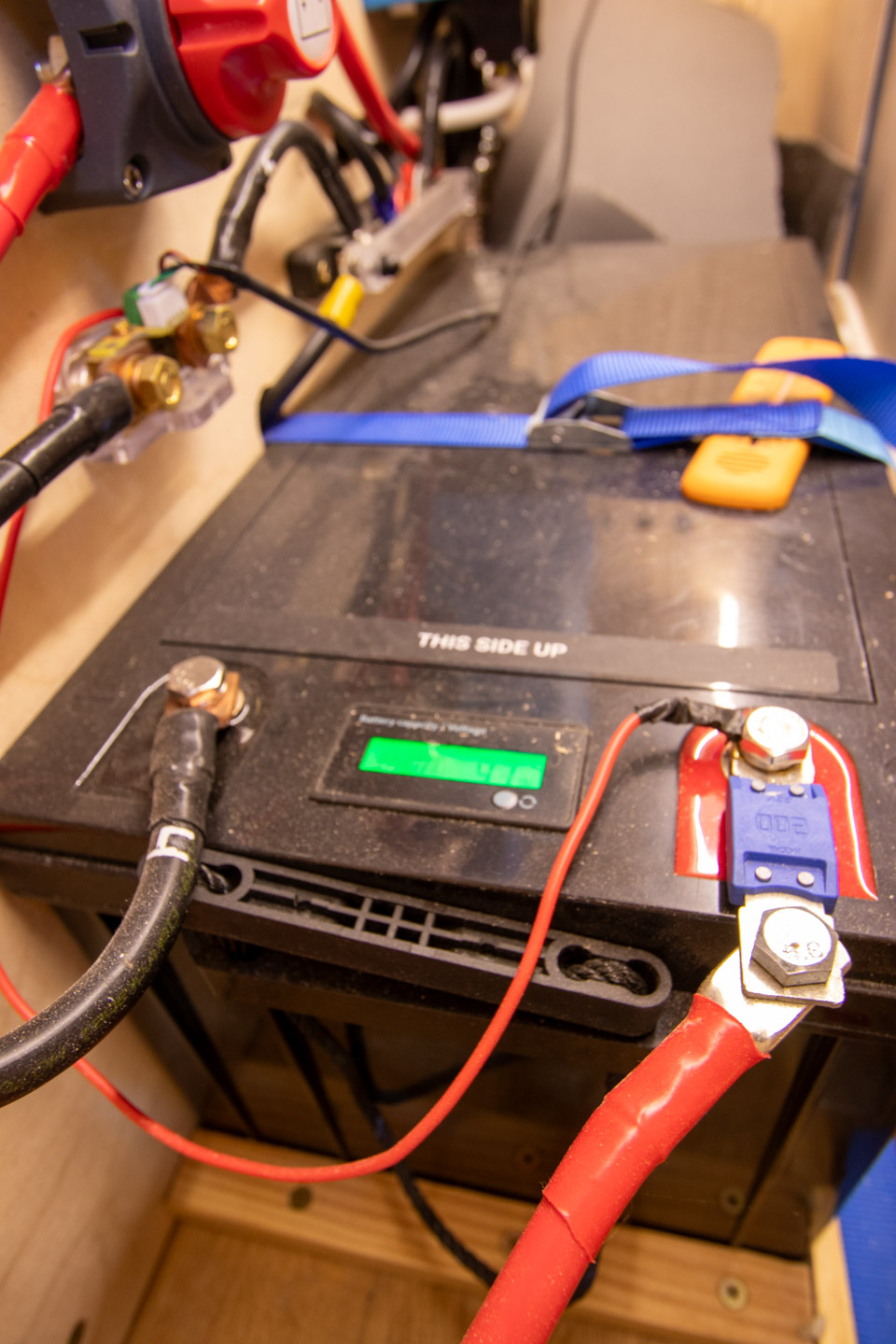
3. Plan Your Water Drainage Carefully
When adding a shower to your camper, drainage deserves special attention.
Position your drain at the natural low point where water will naturally flow. This simple step prevents annoying puddles inside your van.
Smart drain placement makes your shower experience hassle–free and keeps your living space fresh. Consider how your van sits when parked and design your drainage accordingly.
A well-thought-out water system might take extra planning but pays off every time you shower after a day of adventure.
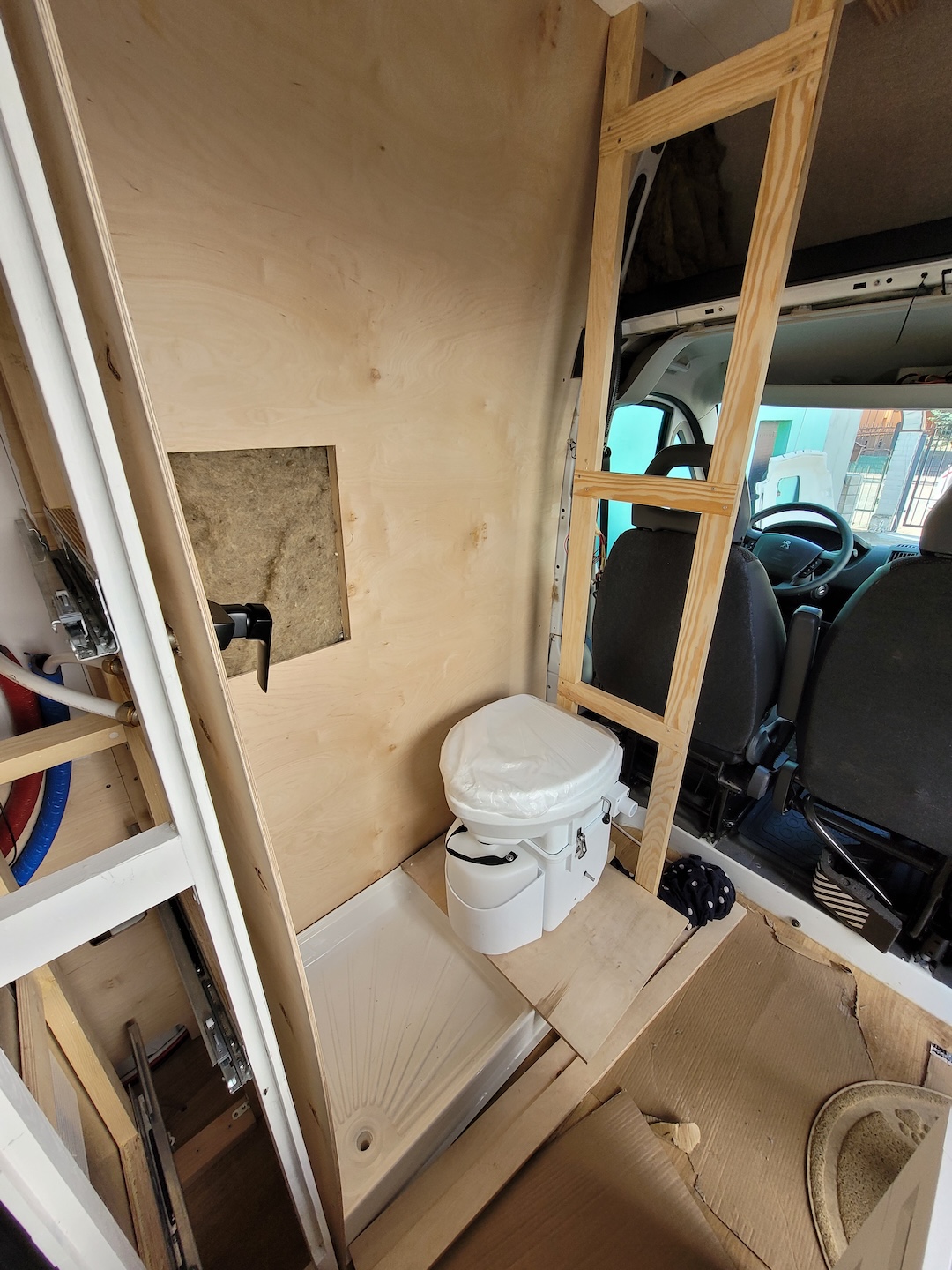
4. Build Smarter with a Modular Approach
Think of your van build like sophisticated building blocks – parts that easily come together and can be taken apart when needed. While it might require more planning initially, this approach saves headaches down the road.
The biggest win? Simple fixes. When something breaks, you won’t need to tear everything apart. Just remove and repair the problematic section, saving time and frustration.
Plus, modular design gives you freedom to experiment. Build cabinet setups outside your van where you have room to work, then install them in their perfect spots. This flexibility lets you customize your space as your needs evolve.
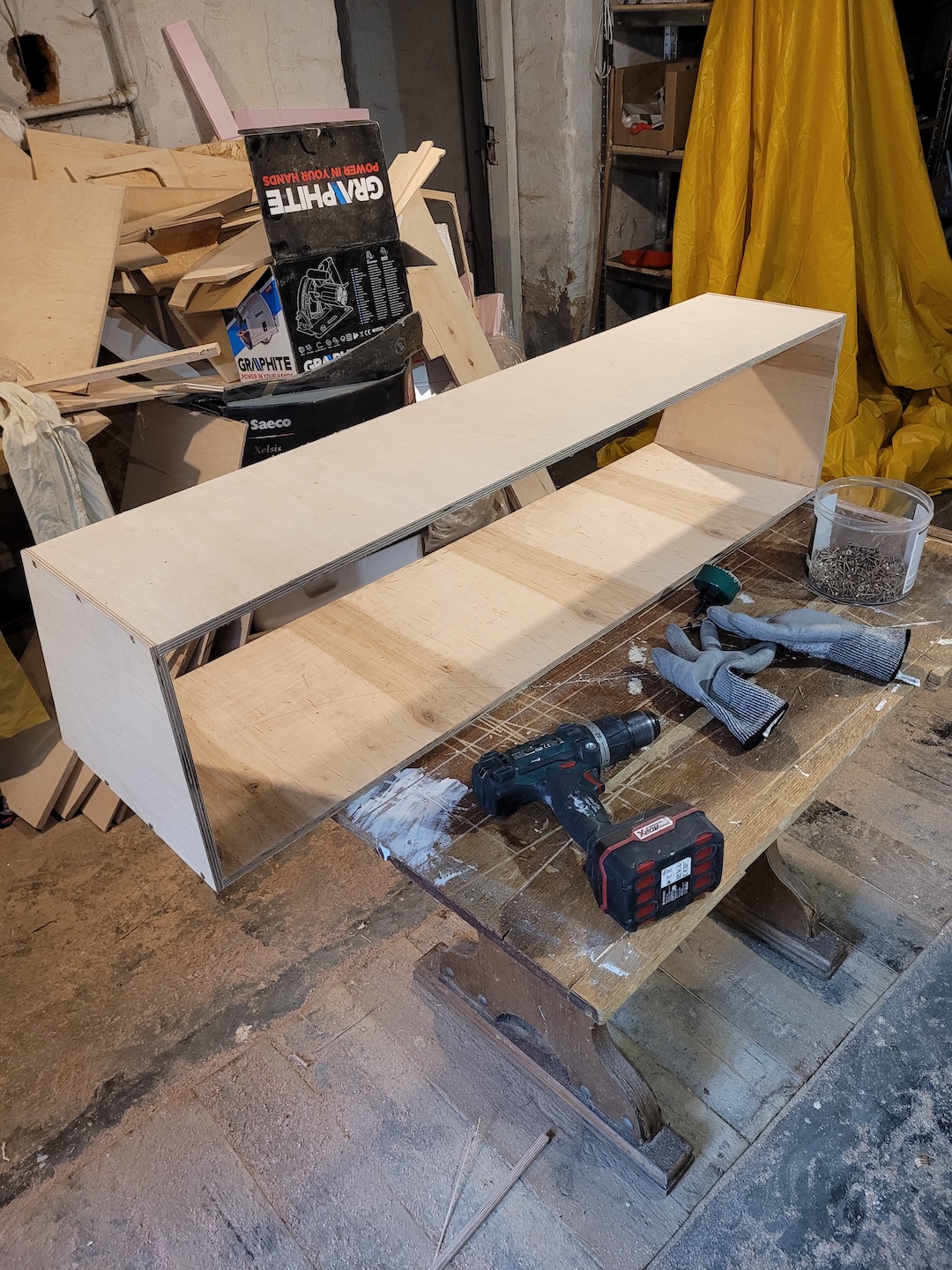
5. Make Every Inch Count in Your Layout
Making the most of limited van space transforms your experience from cramped to comfortable.
Get clever with your layout – try fold-away countertops and tables that disappear when not needed, instantly creating more living room.
Turn forgotten corners into storage gold with custom compartments. Well-placed shelves, drawers and baskets keep essentials organized and within reach without cluttering your space.
Remember, your van should reflect your unique lifestyle. Design around your priorities, whether that’s cooking space, work areas, or room for outdoor gear.
With thoughtful planning, even the smallest van can feel surprisingly spacious.

6. Consider Gas System Placement Carefully
While many van dwellers install gas cylinders inside, consider the alternative of mounting a tank under your chassis.
This strategic move frees up valuable interior space and allows for larger tanks – sometimes holding twice the capacity of standard options. Plus, refueling becomes more straightforward with fewer refusal issues at filling stations.
You might even add a permanent refueling connection similar to car LPG systems for added convenience.
For international travelers, remember to pack adapters for different LPG systems you’ll encounter on your journey. A comprehensive accessory kit ensures flexibility wherever you roam.
For peace of mind, consider consulting pros or having specialists handle your LPG installation. Their expertise guarantees everything’s done right, letting you focus on enjoying the adventure ahead.
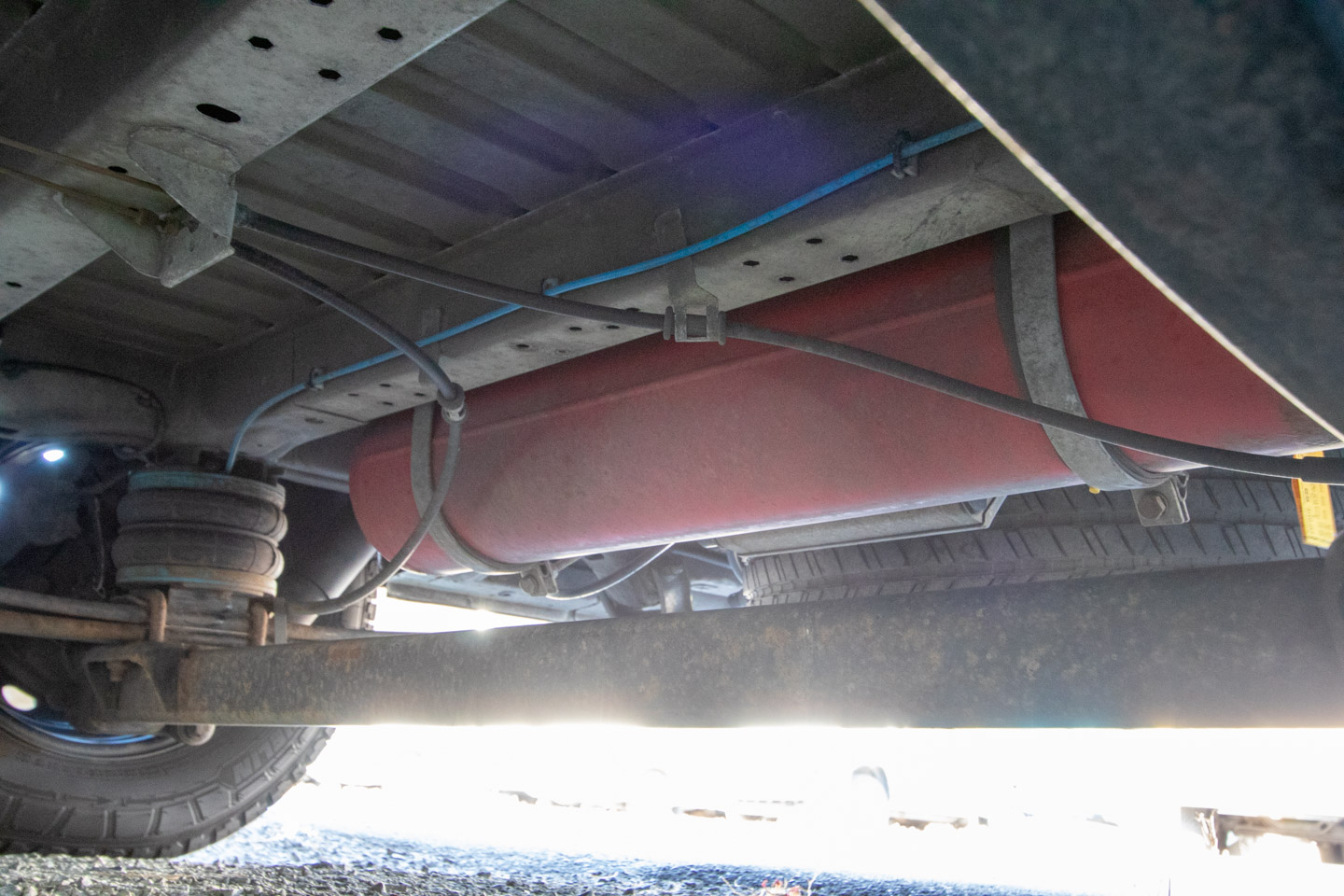
7. Map Out Your Electrical Outlets Strategically
Think carefully about where your 12V and 230V outlets should go before starting camper van build.
Consider your daily routines: where you’ll use your laptop, charge phones, run the fridge, and power kitchen appliances.
Thoughtful placement eliminates frustrating cord tangles and makes van life more pleasant. Ensure you have enough power capacity for your devices and position outlets strategically for convenience.
Don’t forget about cable management – keeping wires organized behind cabinets or in dedicated channels creates a cleaner look and safer environment.
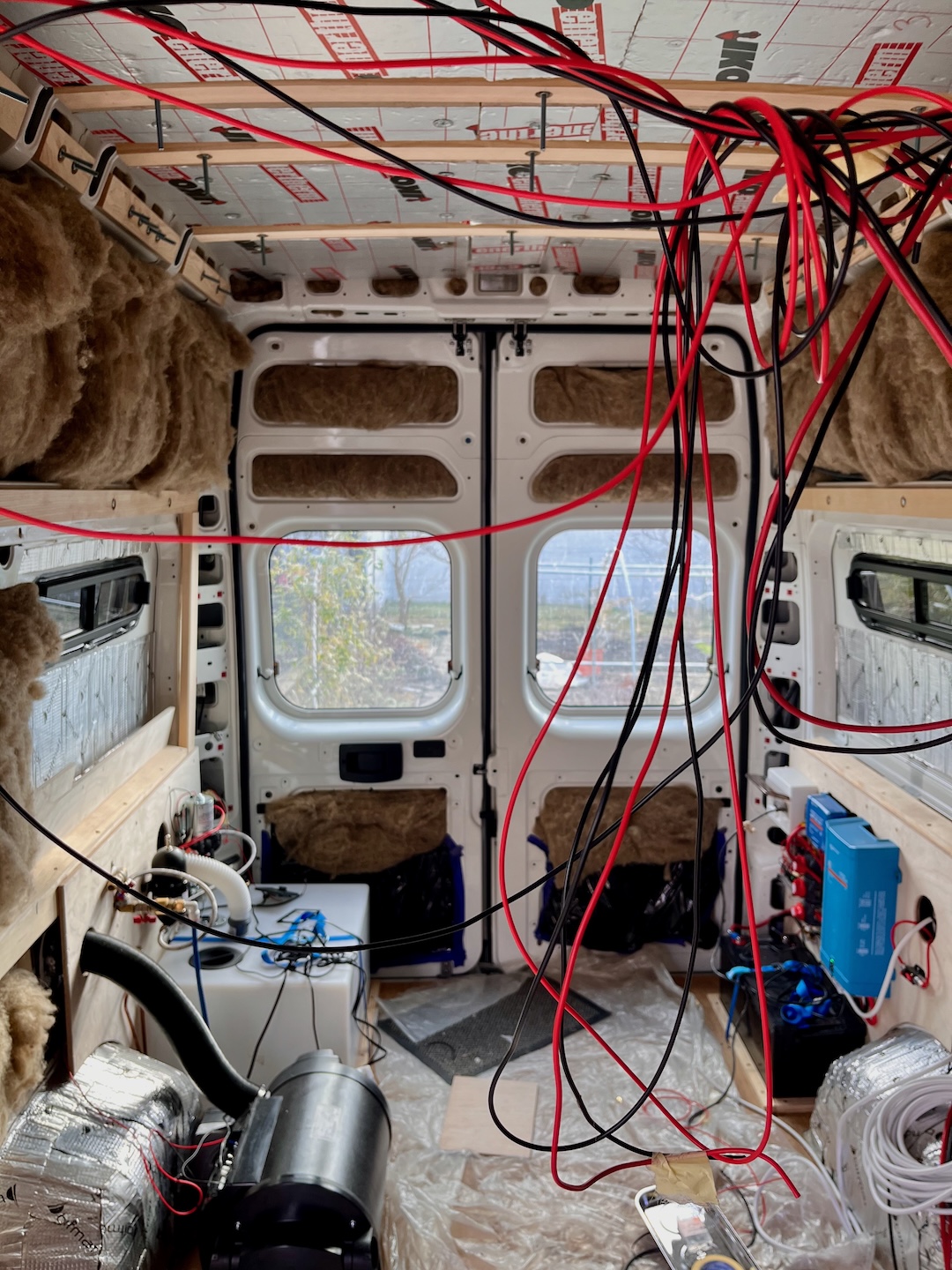
8. Prioritize Security Measures From the Start
Make safety a priority in your conversion. Enhance factory–installed features with additional security like robust locks, interior cameras, and reinforced windows.
These upgrades protect against break–ins and theft, giving you peace of mind whether you’re exploring or sleeping.
Don’t forget comprehensive insurance coverage. The right policy protects your investment and belongings, providing financial security if the unexpected happens.
With proper security measures and insurance, you can focus on enjoying your adventures rather than worrying about your van.
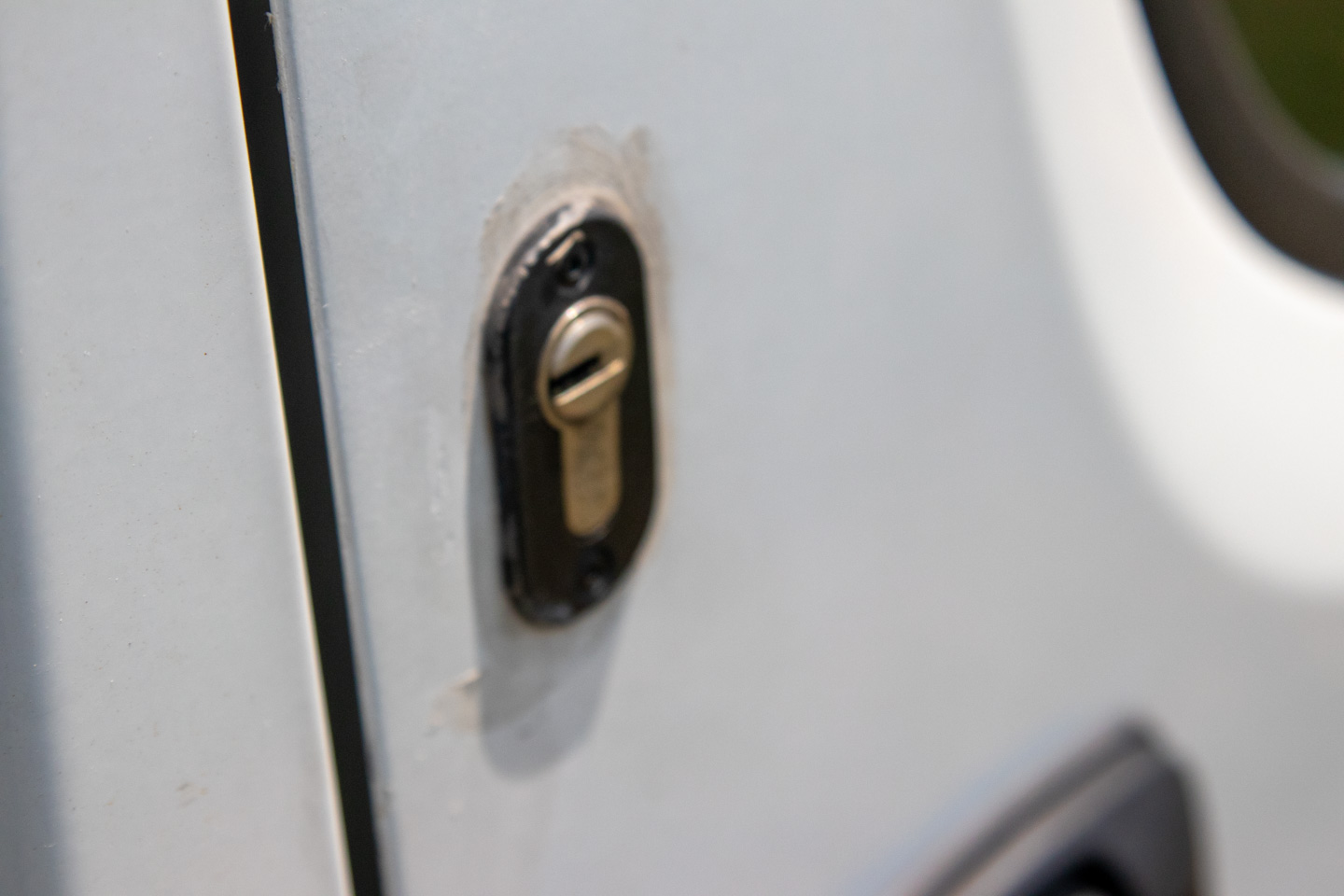
9. Use Both Digital Design and Physical Mockups
Set yourself up for success with 3D design software like SketchUp. These tools help visualize every detail in three dimensions before cutting a single piece of wood.
Take it further by creating cardboard mock–ups to check sizes, functionality, and comfort levels in your actual space. This hands-on approach reveals potential issues that screens can’t always show.
The combination of digital design and physical models streamlines your building process, reducing mistakes and saving precious time and materials. This foundation ensures your conversion goes smoothly from concept to completion.
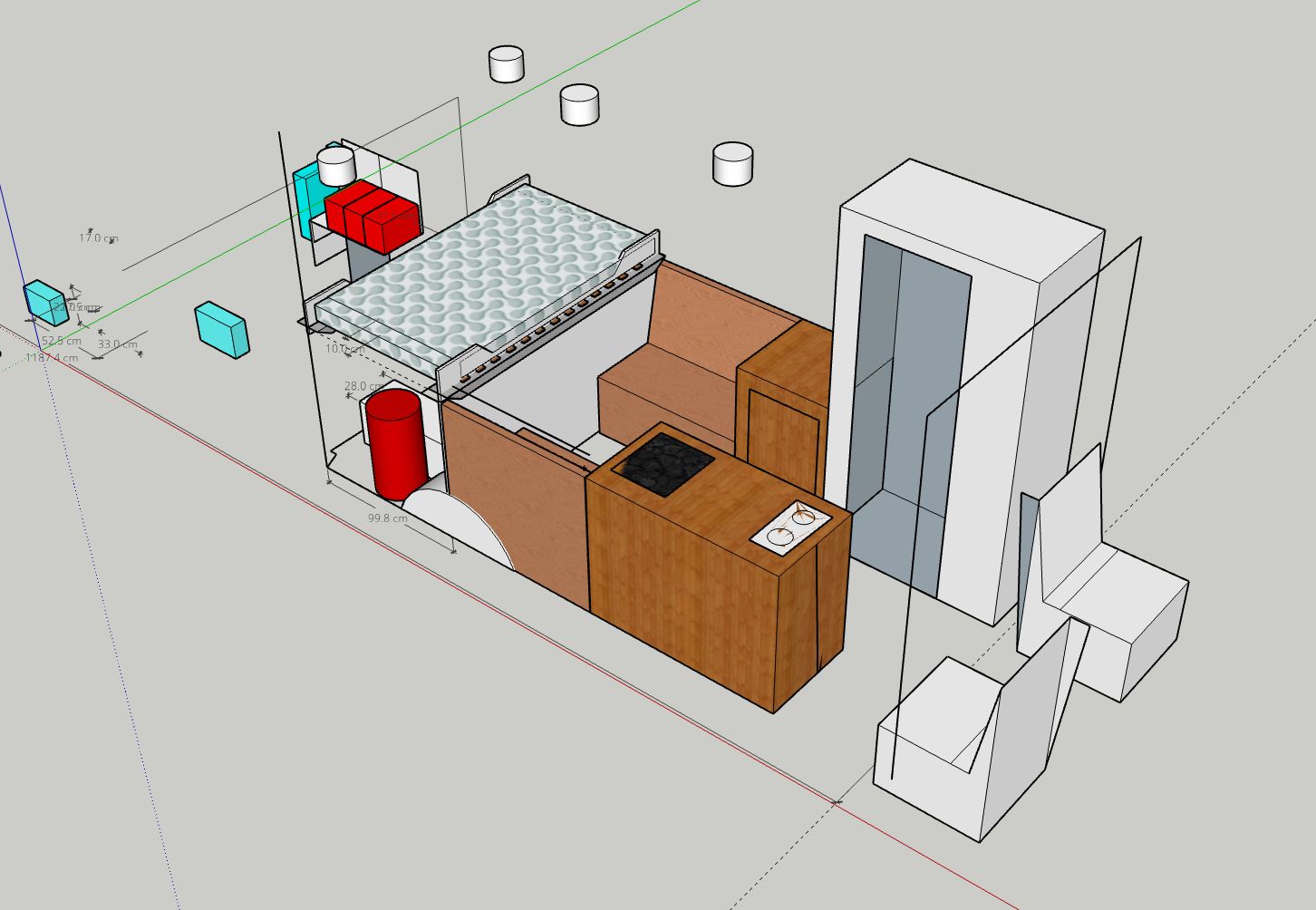
10. Prepare Your Van for Work and Travel
If your van needs to double as a mobile office, plan accordingly from day one. Create a setup that satisfies both wanderlust and work requirements.
Design a comfortable workspace with proper seating, a stable surface for your computer, and good lighting. Reliable internet is crucial – invest in solid mobile solutions or research connectivity options at your planned stops.
Power independence matters for digital nomads. Implement a robust battery system capable of running your devices without constant recharging. Consider solar or secondary power options for extended off-grid productivity.
Finally, create dedicated storage for work equipment. Specific compartments for your tech gear and accessories keep everything organized and protected while you’re on the move.
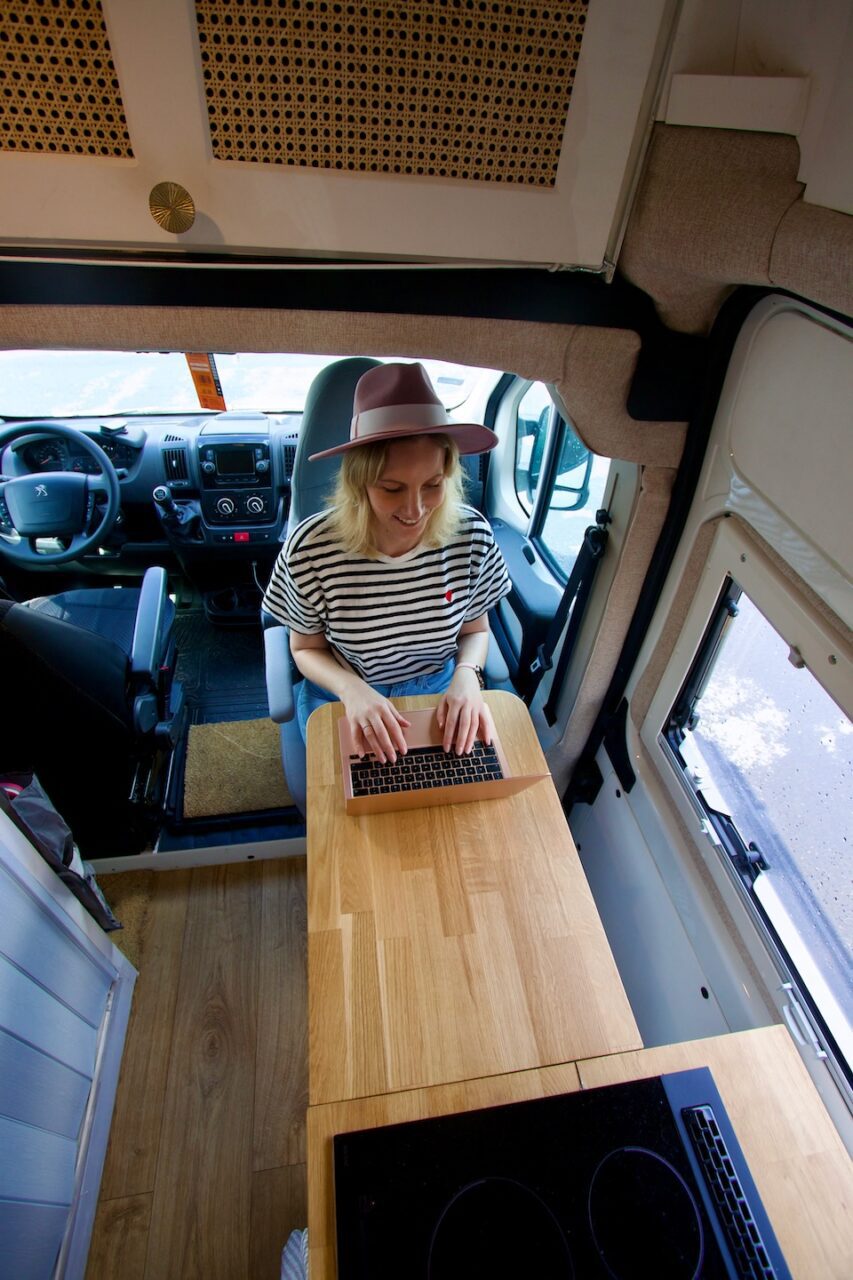
11. Implement Testing Phases Throughout Construction
Build confidence in your van’s quality by testing thoroughly during construction, ideally after completing each major component.
Check electrical connections before covering them with panels and verify plumbing systems are watertight before finishing surrounding areas. Early testing catches issues when they’re still easy to fix.
This approach prevents those heart-sinking moments of discovering problems after everything’s buttoned up. Addressing minor issues immediately – like problematic wiring or small leaks – saves major headaches and rework later.
Regular testing ensures your finished van will be safe, reliable, and comfortable for all your adventures.

Travel Budget Calculator
Get your free Travel Budget Calculator now and plan your trip without the stress of overspending!
12. Welcome Skilled Assistance When Needed
Van conversion is a big undertaking – why tackle it alone? Involve skilled friends and family to make the process more enjoyable and efficient.
Perhaps your brother–in–law is handy with tools, or your mom is an amazing seamstress. Their help with tasks like ceiling installation or upholstery work can be invaluable.
Beyond practical assistance, building together creates shared memories and strengthens relationships. The combined skills and perspectives often lead to creative solutions you might miss on your own.
Just be clear about expectations and plans so everyone knows their role. With the right team, your dream van will take shape faster and more beautifully than you imagined.
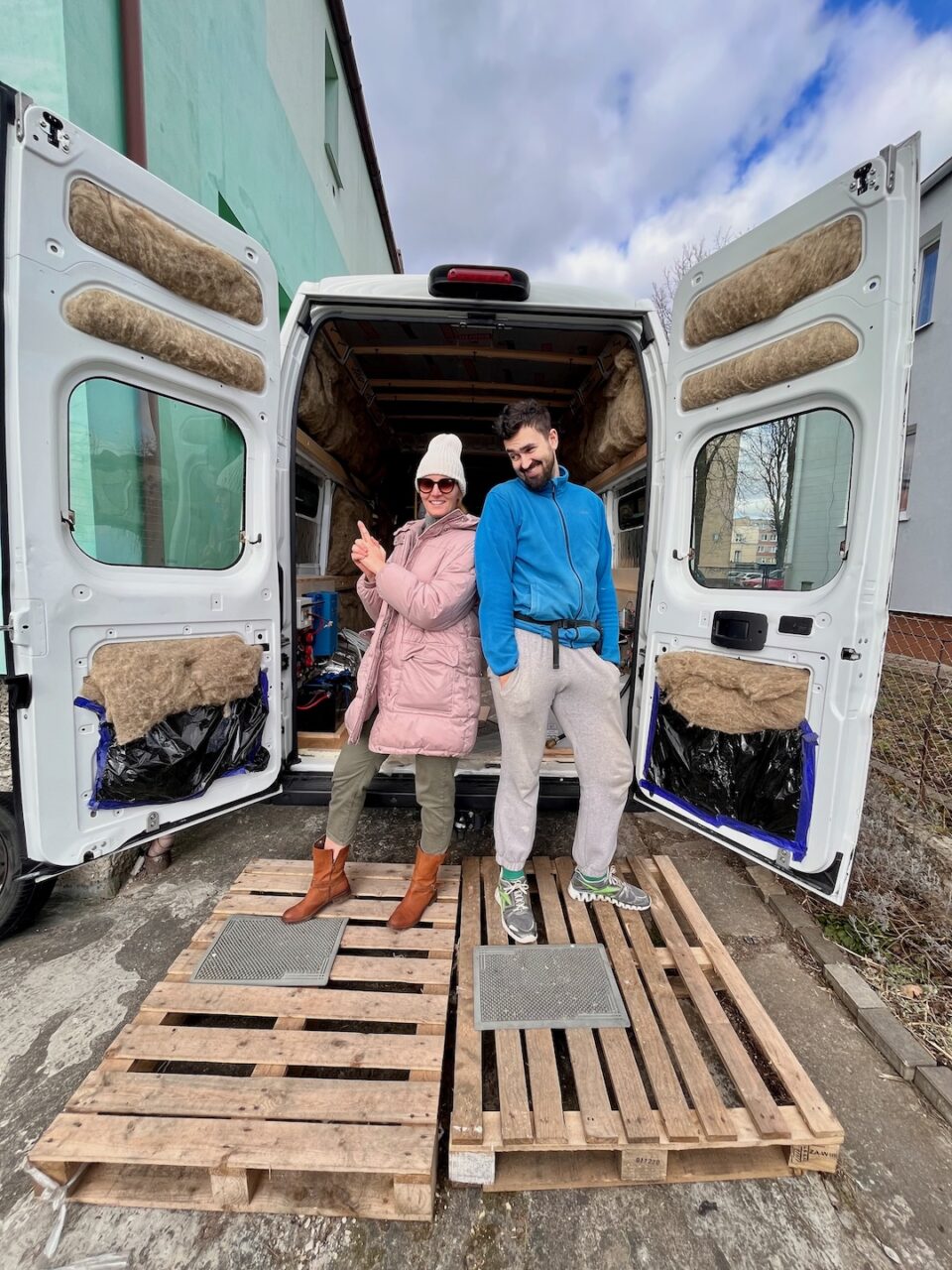
Camper Van Build: Final Thoughts
Creating your own camper van takes time and dedication, but the freedom it brings is worth every effort.
If you’re passionate about having your perfect home on wheels, you absolutely can make it happen. We hope these insights spark your creativity and give you confidence to begin.
Share this guide with friends who share your wanderlust – let’s inspire each other to chase our dreams on the open road!
If you’re currently working on a camper van build, I’d love to hear about your experiences! Together, we can motivate each other toward adventure-filled futures!
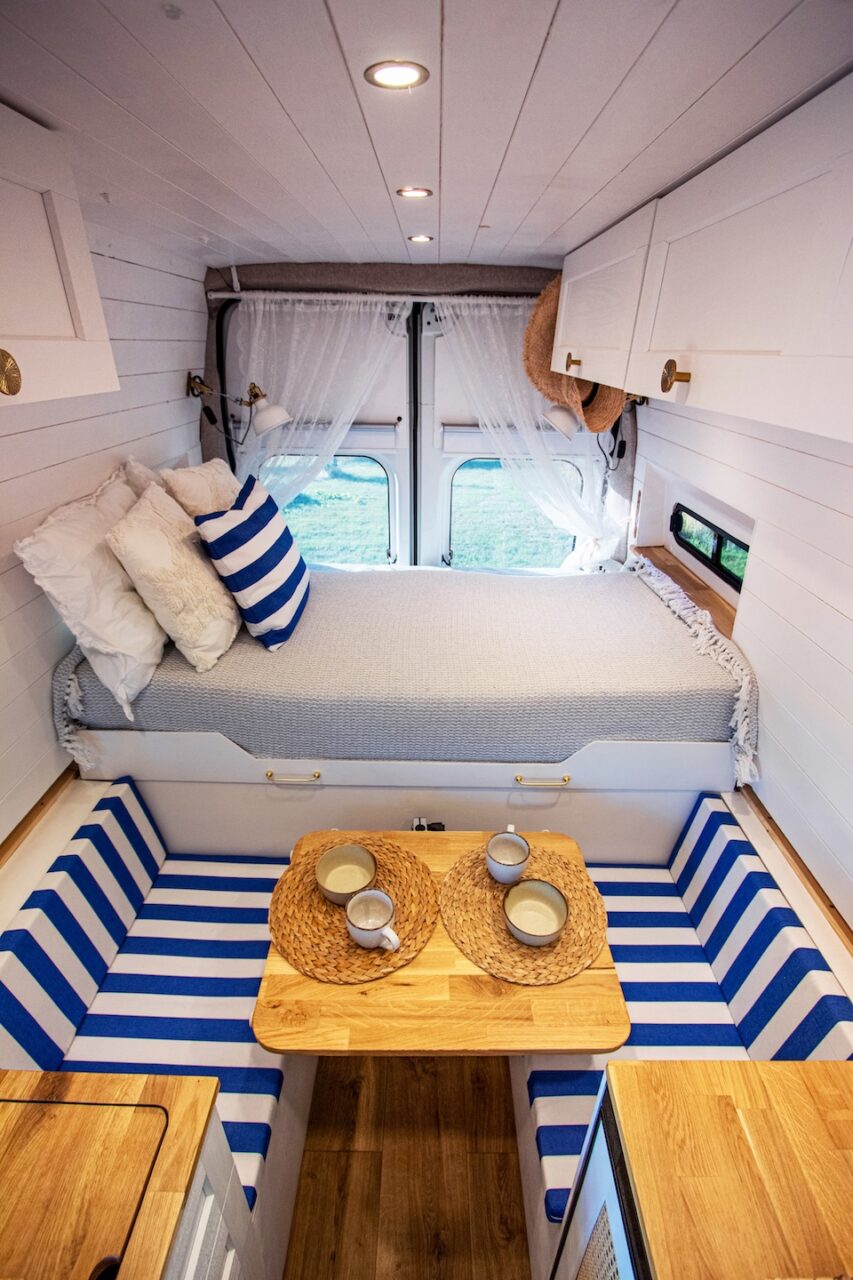
More articles you might be interested in:
